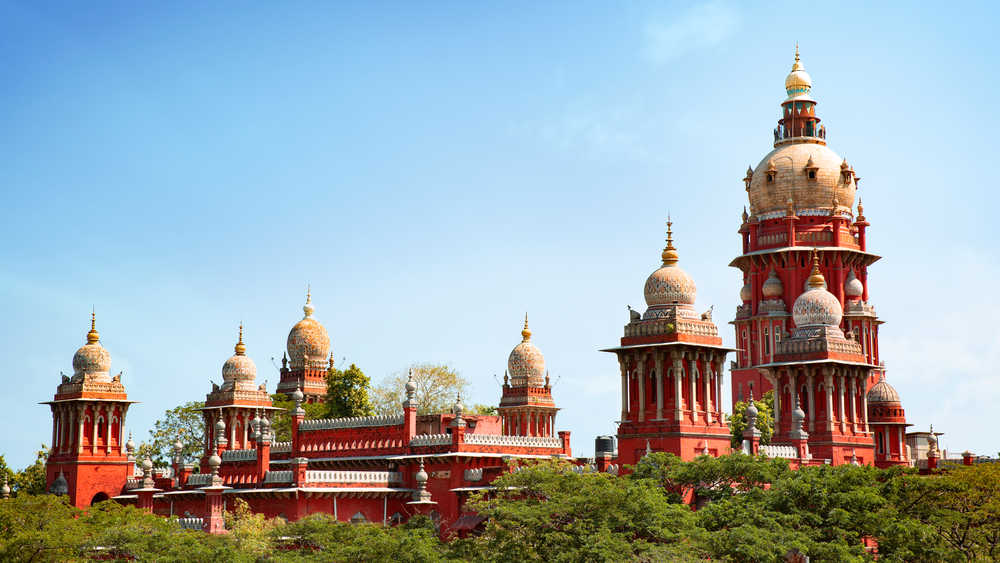
In order: right to life over religion - The nuanced nature of a Madras High Court ruling indicates the fine line between State and religion
The nuanced nature of a Madras High Court ruling indicates the fine line between State and religion

By giving primacy to the right to life over the right to religion, the Madras High Court laid bare a certain order assumed by the Constitution. The impact of this is not limited to one temple or one petition alone, but has far wider reverberations at a time when religion is being considered by some as a means to disenfranchise select groups of people. Cow vigilantism is one example of this. The nuanced nature of the Madras High Court’s ruling may also be noted; it indicates the fine line between State and religion that institutions must tread in order to preserve India’s unique brand of secularism. The petitioner had claimed that only religious leaders who knew the shastras could determine how rituals could be shortened, not department officials. Presumably with due acknowledgment of the right to religion, the high court has asked the government to consult religious leaders and, if possible, the petitioner and see if rituals can be conducted without the presence of the public and with hygiene and Covid-19 protocols given priority. The court’s ruling offers a model of harmonious exchange that could well be followed in more spheres than the religious.

0 Response to "In order: right to life over religion - The nuanced nature of a Madras High Court ruling indicates the fine line between State and religion"
Post a Comment
Disclaimer Note:
The views expressed in the articles published here are solely those of the author and do not necessarily reflect the official policy, position, or perspective of Kalimpong News or KalimNews. Kalimpong News and KalimNews disclaim all liability for the published or posted articles, news, and information and assume no responsibility for the accuracy or validity of the content.
Kalimpong News is a non-profit online news platform managed by KalimNews and operated under the Kalimpong Press Club.
Comment Policy:
We encourage respectful and constructive discussions. Please ensure decency while commenting and register with your email ID to participate.
Note: only a member of this blog may post a comment.